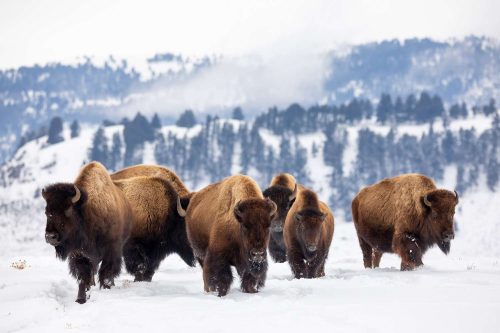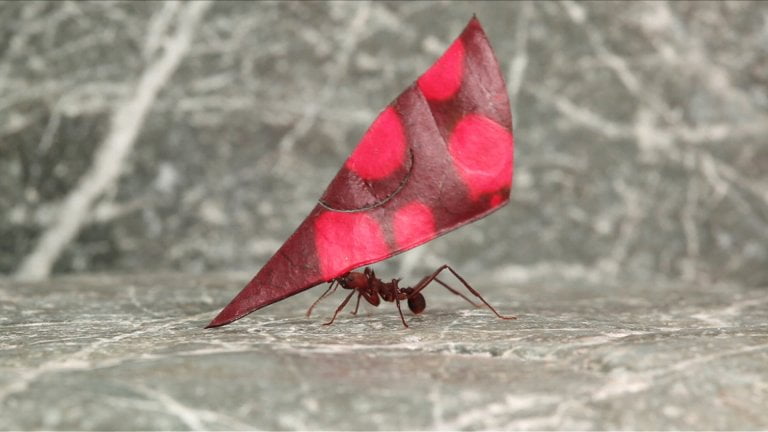Humpback whales are known for their incredible intelligence and some of the unique techniques they use to hunt for their food. One of the most fascinating techniques is bubble-net feeding, where they work together to corral bait fish by creating a net of air bubbles. But what is truly remarkable is that they use a specific pattern while doing this, referred to as the Fibonacci sequence.
Bubble-net feeding is usually observed in groups of four or five humpback whales, where they dive down to several hundred feet, release a stream of air bubbles in a spiral pattern, and swim upwards to the surface, trapping the prey inside the bubble net. They then take turns to lunge towards the fish, gulping down large quantities of food. Scientists have observed that the whales use a distinct pattern to create the bubble net, with specific intervals between each whale. This pattern is the Fibonacci sequence, a mathematical phenomenon found in nature, where each number in the sequence is the sum of the two preceding it (0,1,1,2,3,5,8,13,21,34…).
How Humpback Whales Do Bubble-Net Feeding?
Research shows that each whale in the group releases bubbles at a precise moment and in an exact sequence to create the bubble net. The first whale, the initiator, creates the spiral pattern, followed by the second and third whales in a Fibonacci sequence. The fourth and fifth whales complete the circle, trapping the prey inside the bubble net. This pattern is vital to the bubble-net feeding technique as it means that each whale can time their ascent to the surface and ensure they do not collide with each other, reducing the risk of injury and allowing them to feed effectively.
In addition to the mathematical sequence, the whales communicate through a series of calls and songs during bubble-net feeding. Scientists have observed that the leader initiates a call, and other whales respond with their calls in a rhythmic sequence, coordinating the hunt. This communication allows the whales to avoid interference and effectively trap the prey without competition among themselves.
Humpback whales have a varied diet, and bubble-net feeding is only one of the many techniques they use to hunt for their food. However, it is observed that this technique is predominantly used in the waters off Alaska or Antarctica, where there is a high concentration of krill. The fact that they use the Fibonacci sequence to orchestrate this hunt indicates their intelligence and problem-solving ability, making them one of the most fascinating creatures in the world.
In conclusion, the bubble-net feeding technique used by humpback whales is an incredible example of teamwork, coordination, and intelligence. The use of the Fibonacci sequence in creating the bubble-net pattern and the communication between the whales during the hunt highlights how intelligent and fascinating these creatures are.
This technique is essential to the survival of these giant mammals, allowing them to feed and sustain their species effectively. We are privileged to observe and learn from these remarkable beings and should do everything possible to preserve their ecosystems and safeguard their continued existence.
If you are interested in whales, I have some good news. The scientist made a website, Pattern Radio: Whale Songs, that lets you explore thousands of hours of humpback whale songs and make your discoveries using AI.
You may also enjoy reading these:
• Fibonacci’s Liber Abaci
• Arthur Benjamin: The Magic of Fibonacci Numbers
• The Beauty of Geometric Patterns Inside a Simple Cabbage











